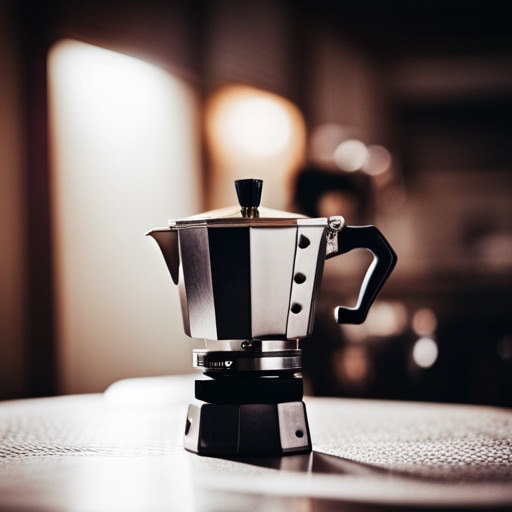History
The Moka Pot, or the Stovetop Espresso Maker as it’s sometimes called, has a rich and storied history, tracing its roots back to the heart of Italy. Invented by Alfonso Bialetti in 1933, the Moka Pot revolutionized coffee brewing at home, bringing a taste of the espresso bar right into the kitchen.
Alfonso Bialetti was an Italian engineer who found his inspiration in a simple washing machine. Observing the machine’s mechanism of using pressure to push water upwards, Bialetti came up with the unique design of the Moka Pot, mimicking the same principles to brew coffee.
The original Moka Pot, named Moka Express, was produced in aluminium and characterized by its unique octagonal shape, a design that is still instantly recognizable today. Bialetti’s invention quickly gained popularity in Italy, and soon after that, the rest of the world. Today, it’s estimated that around 90% of Italian households own a Moka Pot, demonstrating its enduring popularity.
Usage
The Moka Pot is a simple yet ingenious coffee maker that is known for brewing a strong, rich, and flavorful coffee. Its operation involves physics, using steam pressure to force hot water up through the coffee grounds.
The Moka Pot consists of three main parts: the bottom chamber for water, the middle chamber which holds the coffee grounds, and the top chamber where the brewed coffee ends up.
Here is a simple step-by-step guide on how to use a Moka Pot:
- Fill the bottom chamber with water: Fill the bottom chamber up to the valve or slightly below. Using hot water will speed up the brewing process.
- Add coffee to the filter: Fill the filter basket with your desired coffee grounds. A fine grind is generally recommended, but avoid using a grind as fine as espresso as it might clog the filter. Do not tamp down the coffee in the filter.
- Assemble the pot and apply heat: Screw the top and bottom chambers together (be careful if you used hot water), place the pot on a heat source. Use medium heat to avoid overheating.
- Watch the brew: As the water in the bottom chamber heats up, pressure will push it through the coffee grounds into the top chamber. When the gurgling sound starts to change in pitch, your coffee is almost ready.
- Cool down: Once the top chamber is filled with coffee, remove the pot from the heat source. Some recommend wrapping the bottom with a cold towel to stop the extraction process and prevent the coffee from getting bitter.
- Serve and enjoy: Give the coffee a quick stir before serving to ensure the flavor is evenly distributed.
The Moka Pot has stood the test of time, with its classic design remaining largely unchanged since its creation. Despite the advent of modern coffee machines, the Moka Pot’s ability to make a delicious cup of coffee without electricity or expensive equipment has ensured its enduring appeal. It is not only a symbol of Italian culture and design but also a testament to the beauty of simplicity and functionality in everyday objects.
Please note that if you purchase from clicking on the link, some will result in my getting a tiny bit of that sale to help keep this site going.


